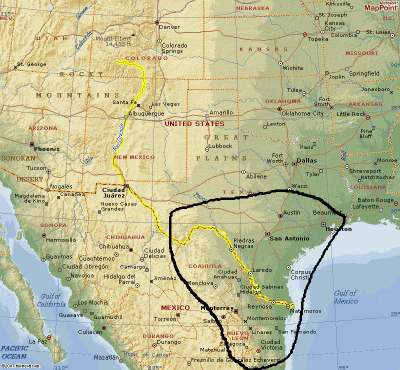It was hugely important yesterday that Secretary of State Clinton told the Mubarak government not to "block communications, including on social media."
Non-government-non-corporate-controlled Internet is simiilar to the protections for community radio stations, a fight that is ongoing here in the US. I'm reminded of the role that community radio stations played in the 1980's overthrow of the Marcos regime in the Philippines.  Marcos recognized the importance of community radio and began to bomb many of the Catholic church's radio stations. He was unable to get to all of them and it was through these small radio stations that the streets were organized towards the successful overthrow of Marcos.
Marcos recognized the importance of community radio and began to bomb many of the Catholic church's radio stations. He was unable to get to all of them and it was through these small radio stations that the streets were organized towards the successful overthrow of Marcos.
The bombs that governments use today to stop grassroots Internet communications are called "DPI," Deep Packet Inspection." Built by NARUS, it is a type of web filtering system that allows governments to monitor where all emails, web posts and phone calls come from -- what is being said -- and who is listening.
It can also be used to shut down traffic at the main routers or servers people use to connect to the Internet -- a so-called kill switch.
I'm adding my name to a letter authored by Free Press telling Congress to investigate DPI and surveillance and control technologies.
am

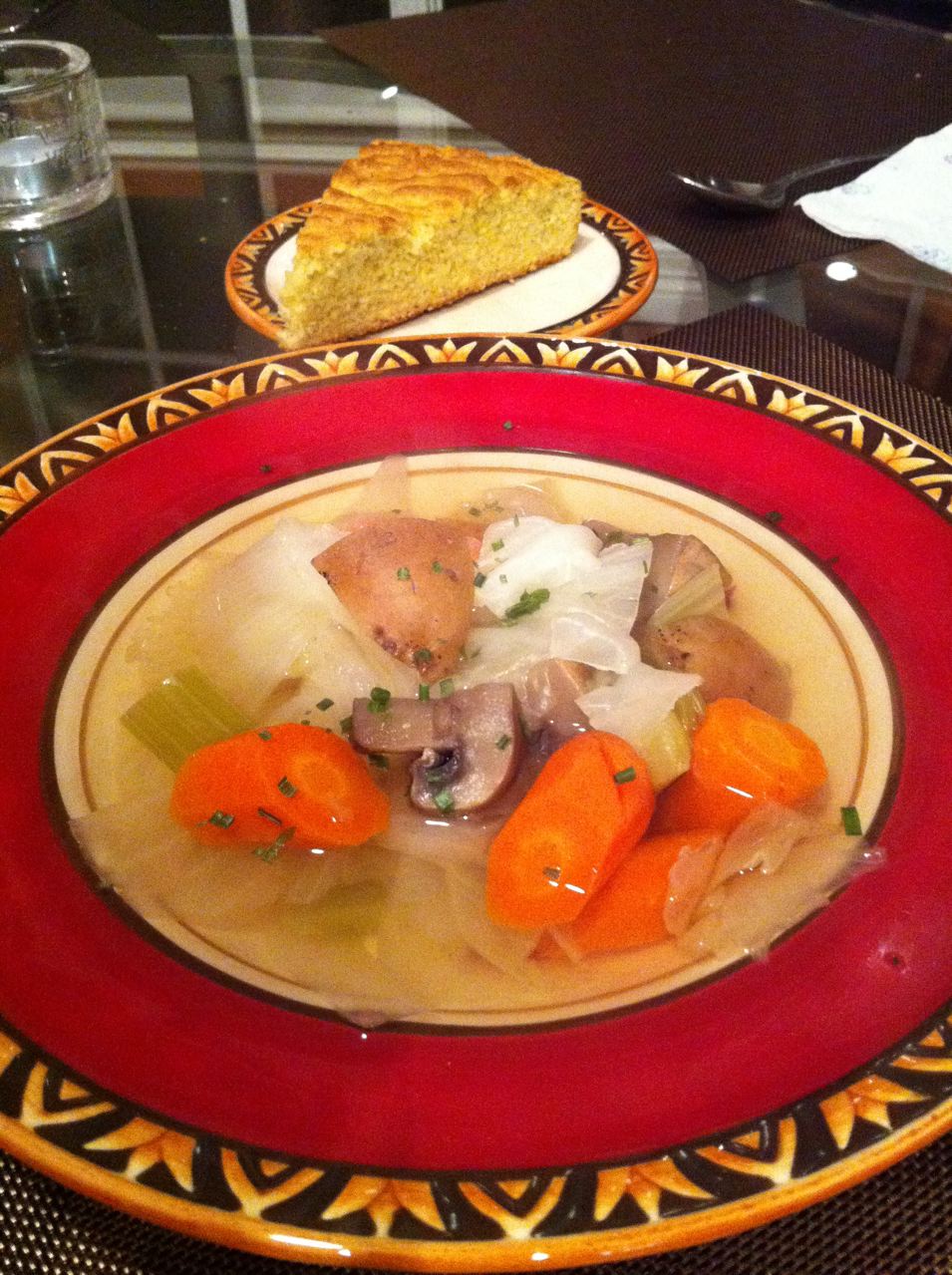
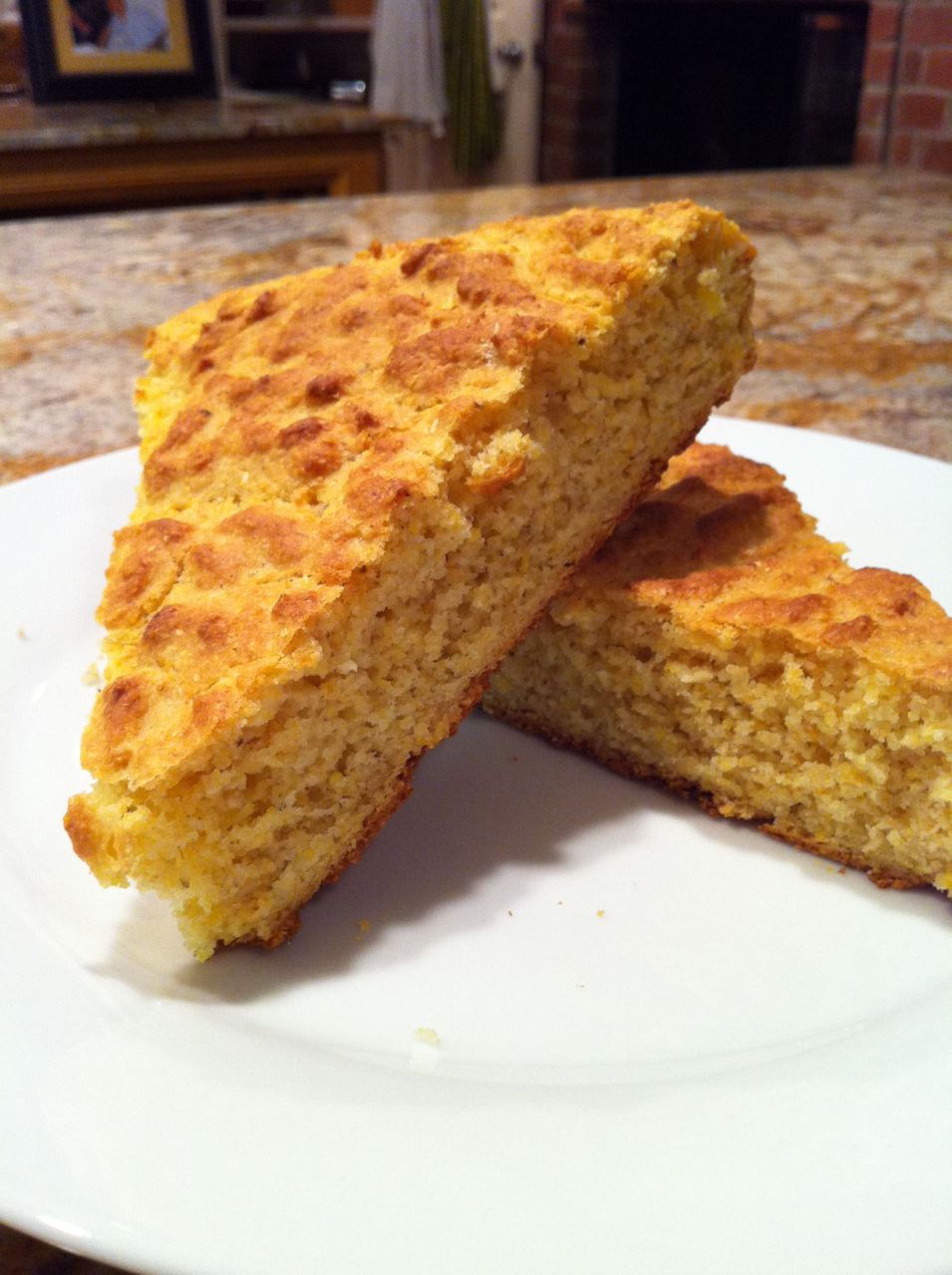 Both regular and coarse stone-ground corn meal are used to give the slices
Both regular and coarse stone-ground corn meal are used to give the slices 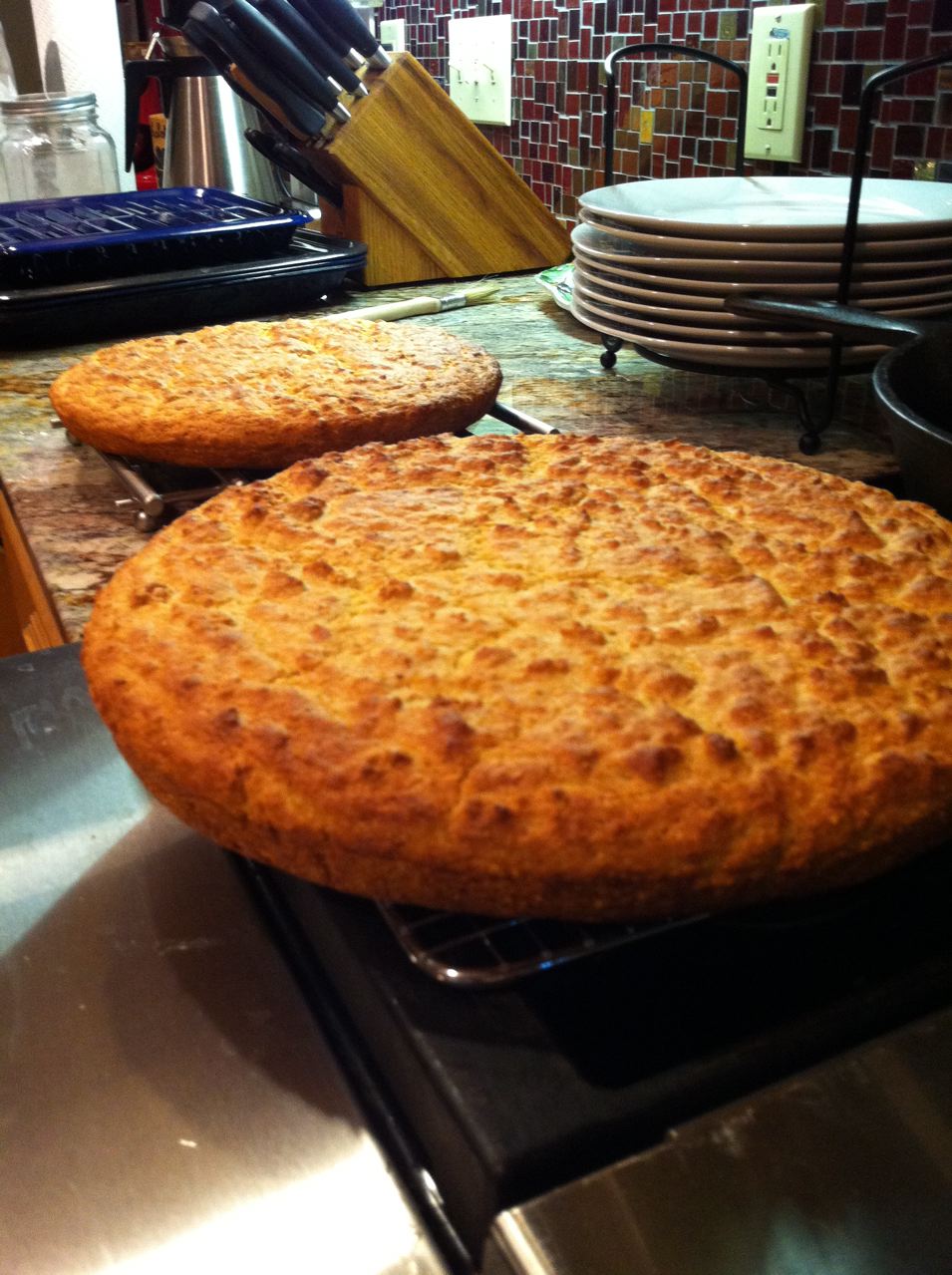 a strong crunchy taste and texture.
a strong crunchy taste and texture.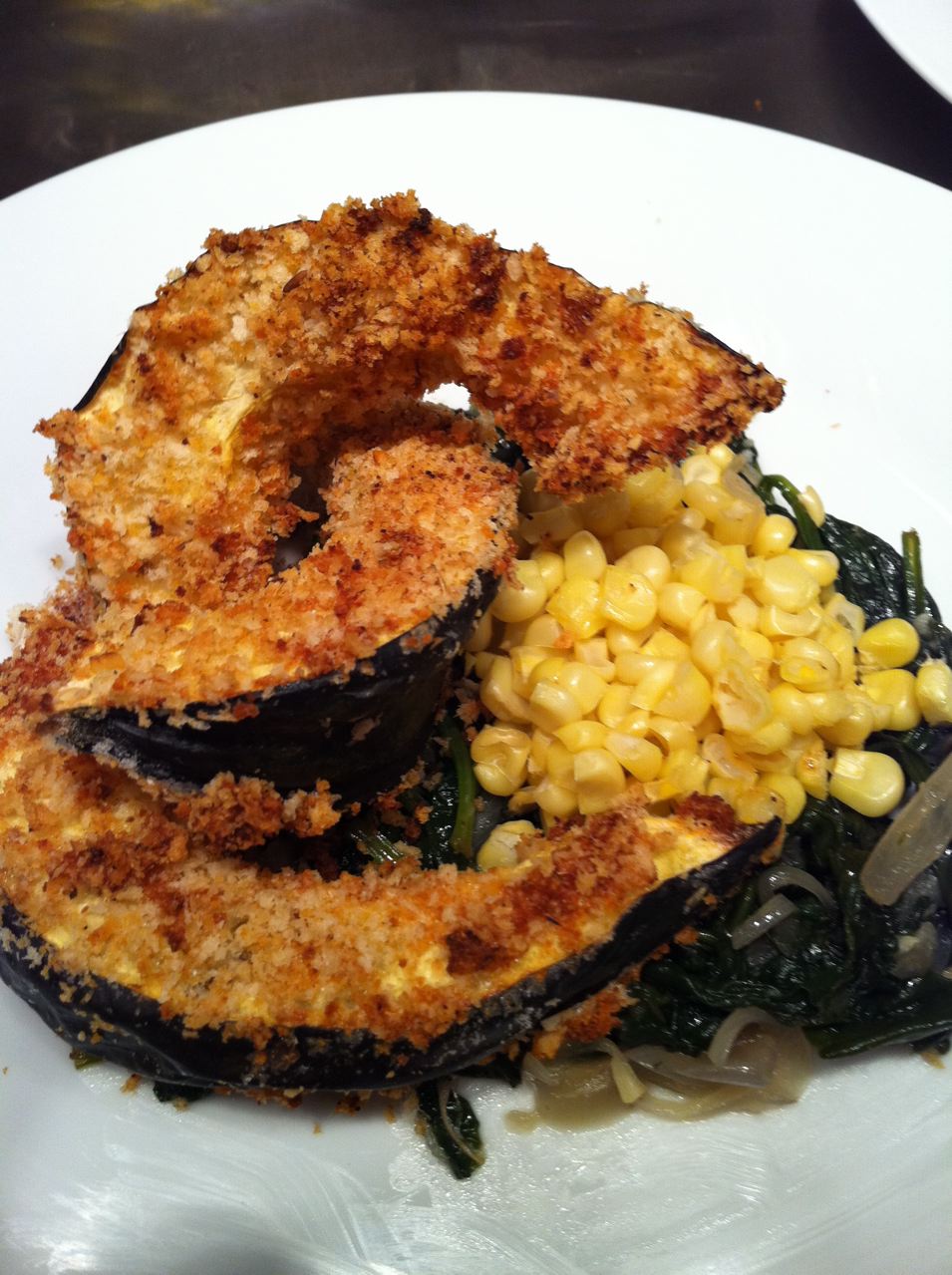 slices of baked breaded acorn squash on a bed of spinach wilted with shallots and garlic. Steamed corn complements the sweetness of the acorn squash.
slices of baked breaded acorn squash on a bed of spinach wilted with shallots and garlic. Steamed corn complements the sweetness of the acorn squash.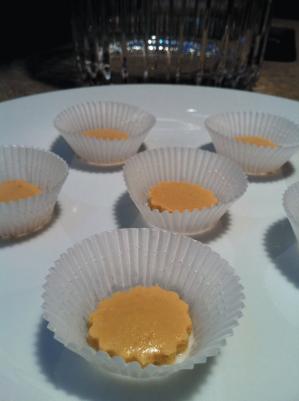

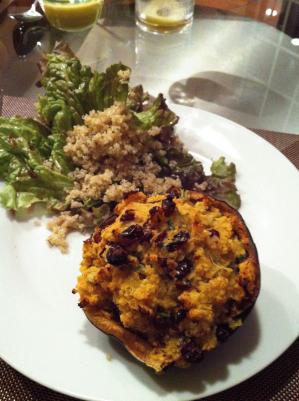
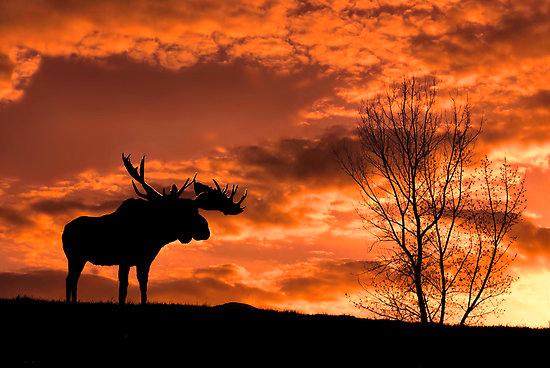 Why We Are Truly a Nation
Why We Are Truly a Nation